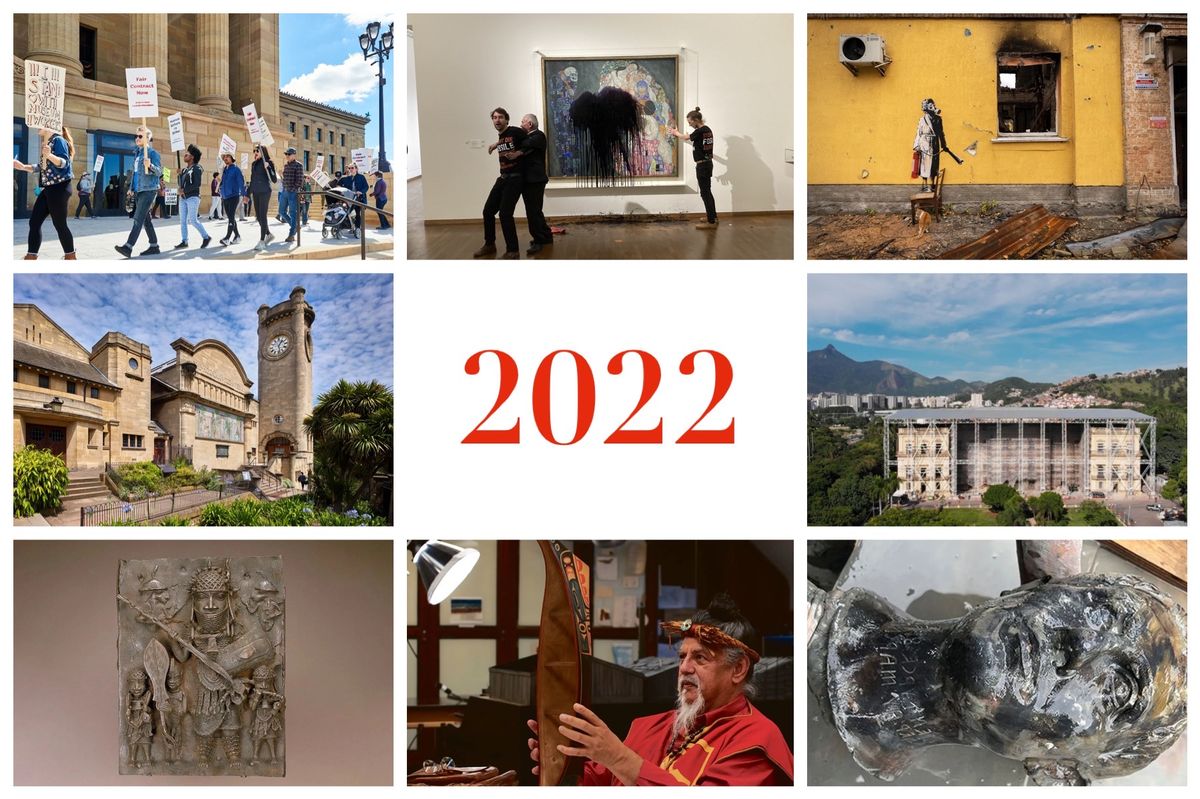The Russia-Ukraine crisis
This year was dominated by Russia's invasion of Ukraine, with the resulting damage to numerous irreplaceable Ukrainian artefacts and the efforts to safeguard many others.

The British street artist Banksy confirmed in November that he had created seven murals in locations in Ukraine hit hardest by Russian bombardments
Cultural leaders from around the world came to the defence of Ukrainian heritage, helping to save and exhibit objects that are seen as part of the nation's collective identity.
Rebuilding and reconstruction around the globe
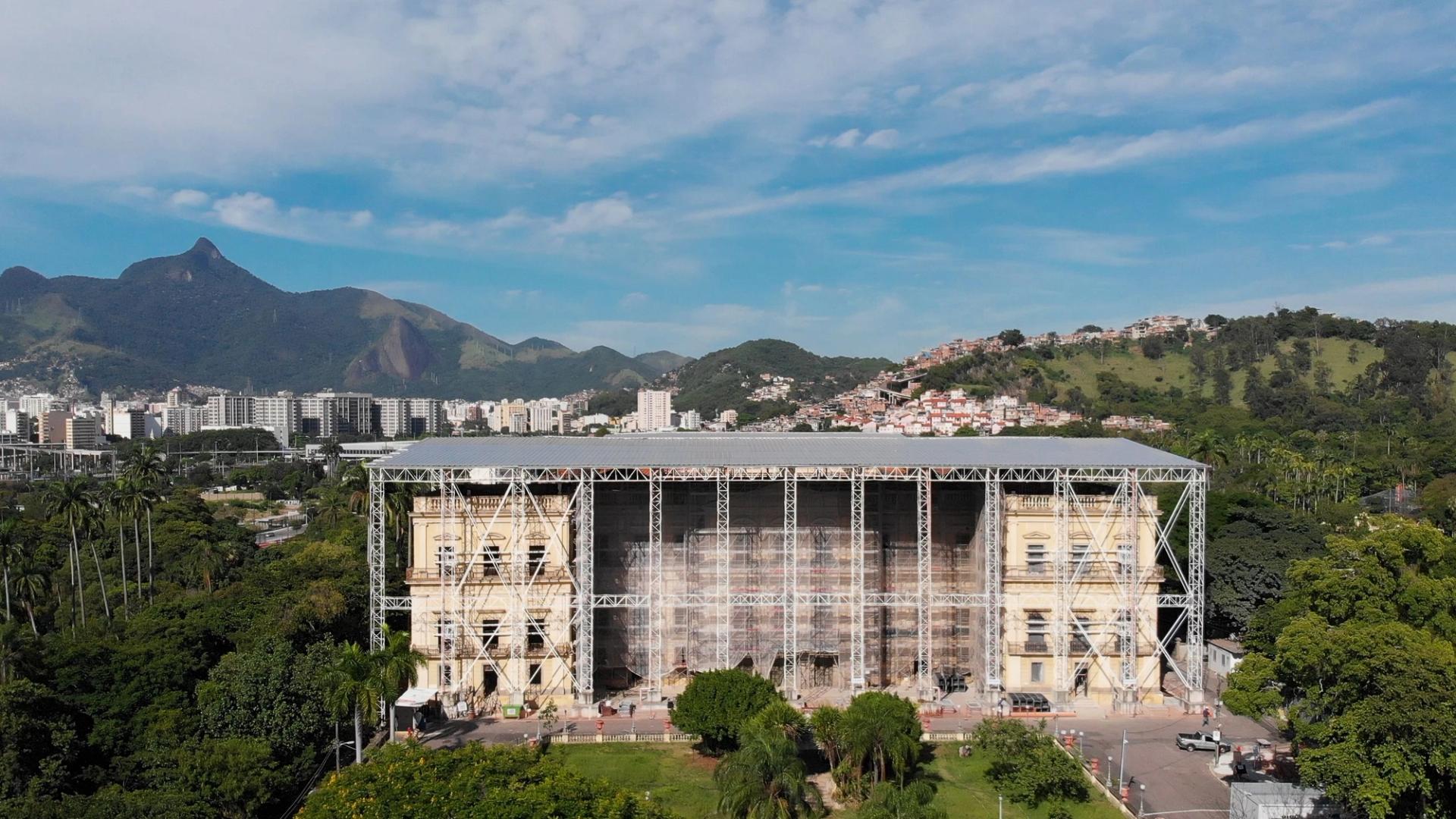
The National Museum of Brazil (Museu Nacional-UFRJ) under construction following the 2018 fire. Photo: Felipe Cohen. Courtesy Museu Nacional-UFRJ.
In other regions, 2022 was a year of rebuilding and new construction. In Brazil, which marked its bicentennial in September, the National Museum of Brazil revealed the first stage of its redevelopment following a devastating fire in 2018, and institutions in Rio de Janeiro and São Paulo sought new approaches for showcasing the country’s Indigenous cultures.
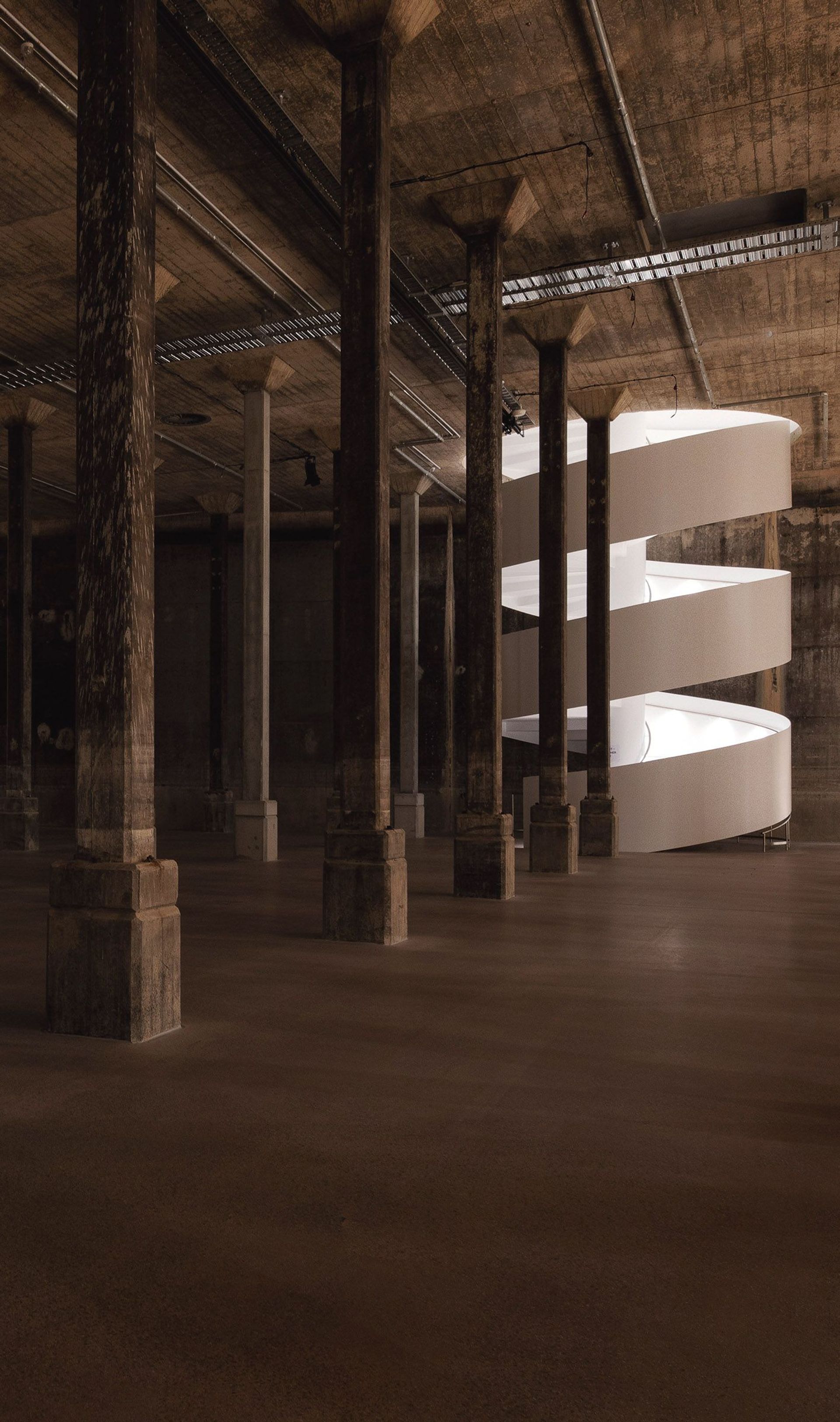
The architects SANAA made minimal changes to the Second World War oil tank at the Art Gallery of New South Wales, in Sydney © Art Gallery of New South Wales/Jenni Carter
Major institutions in global capitals for culture and politics opened or expanded—from the Rubell Museum DC and the Art Gallery of New South Wales’s Tank space in Sydney to the Orange County Museum of Art and the Royal Museum of Fine Arts Antwerp.
The 75th anniversary of the Partition of India and Pakistan was marked by news that Delhi's delayed Partition Museum would finally open this (Northern Hemisphere) winter. New museums are also being constructed in rapidly developing cities such as the Museum of Art and Photography in Bengaluru, India, and the Pan African Heritage World Museum in Accra, Ghana.
Repatriation and restitution
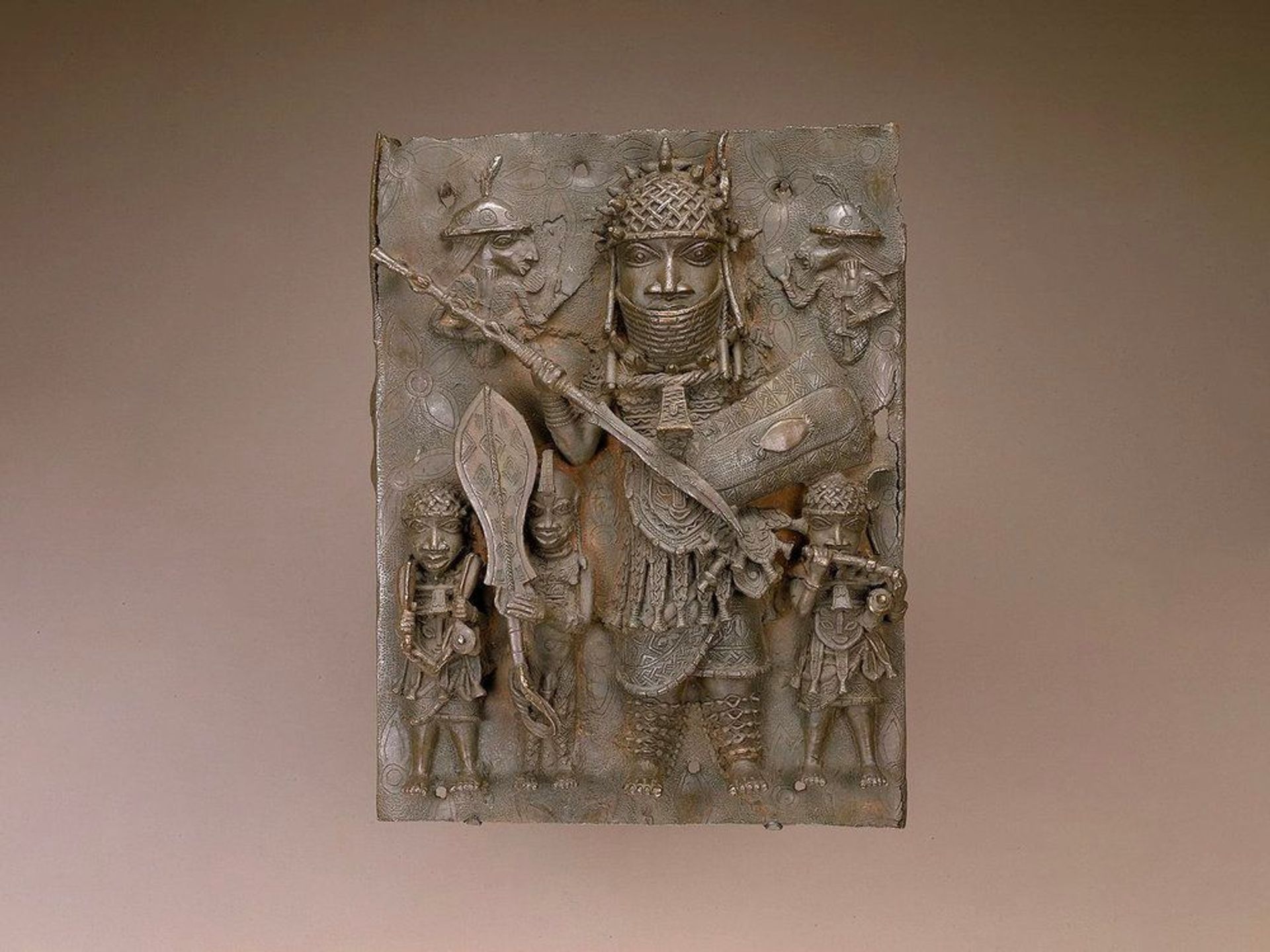
This 16th- or 17th-century copper alloy plaque was one of the Benin Bronzes removed from view last year at the Smithsonian Institute’s National Museum of African Art in Washington © National Museum of African Art
Western institutions continued to grapple with the need to address colonial issues, both in terms of acknowledging their own roles in the acquisition of cultural objects and in the need to provide more accurate representations of the cultures featured in their collections. Repatriation made headlines throughout 2022, for example with the Smithsonian Institution’s return of its Benin bronzes to Nigeria, and there has been increased attention on the return of Native American human remains and burial objects.
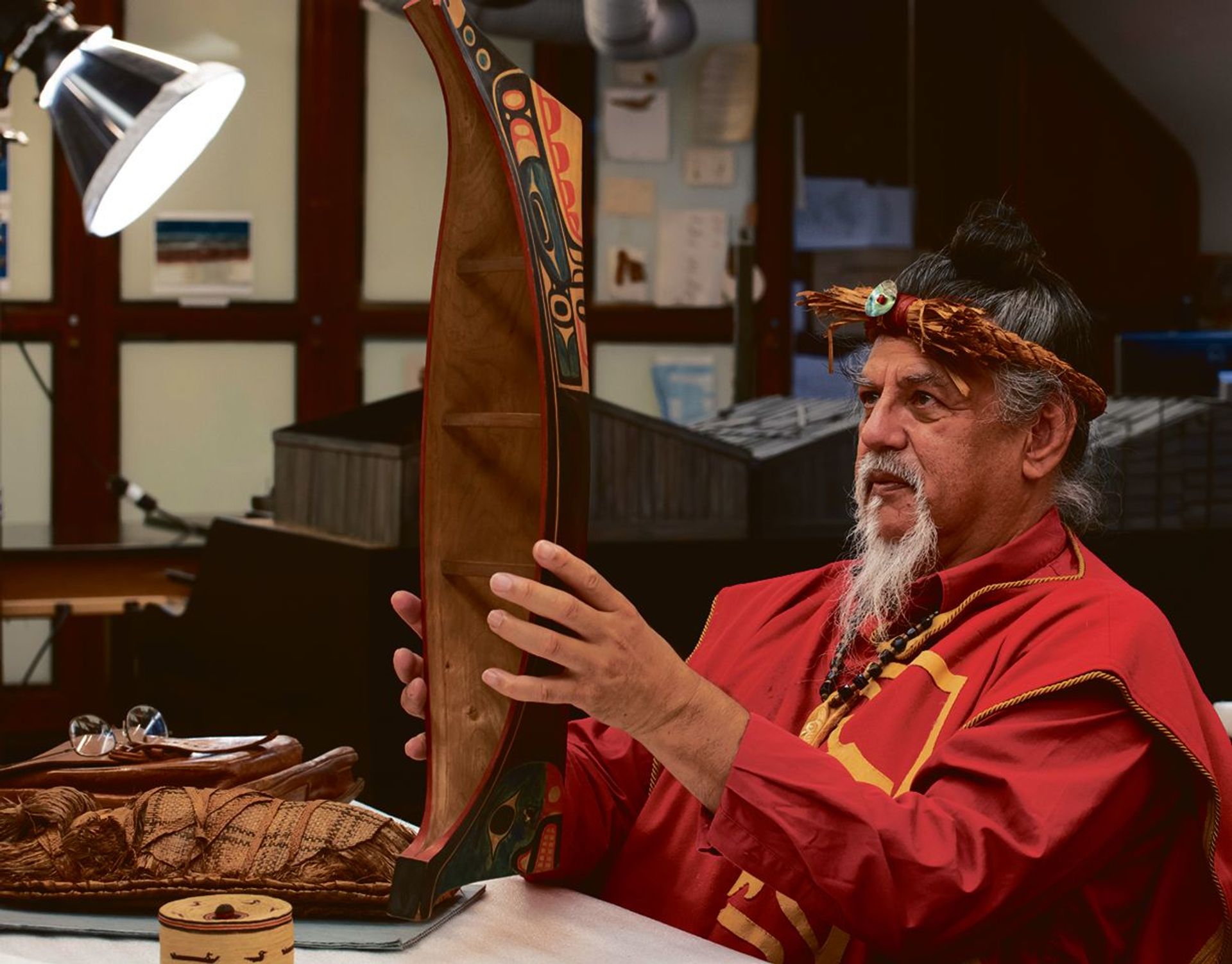
Haa’yuups was one of the curators who oversaw the reinterpretation of the gallery © American Museum of Natural History
Pressure to represent cultures more accurately has resulted in the removal of several exhibitions, for example with the Wellcome Collection in London closing its Medicine Man display—and the updating of others in consultation with Indigenous stakeholders, as seen with the American Museum of Natural History’s $19m renovation of its Northwest Coast Hall.
Museums in the community
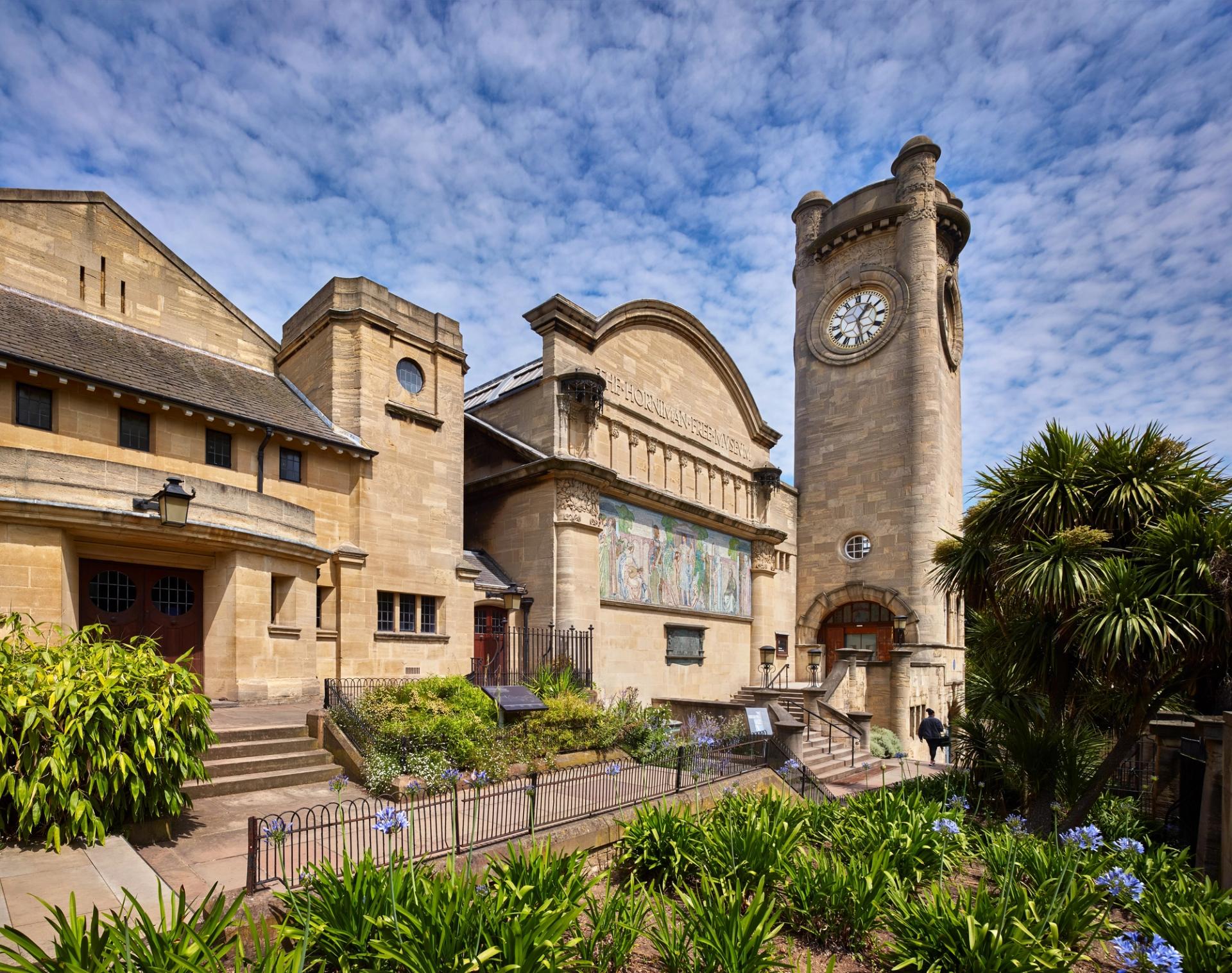
Horniman Museum and Gardens with The Horniman Museum clocktower © Andrew Lee, courtesy of Art Fund
In the UK, the Horniman Museum, in London won the Art Fund's Museum of the Year prize, in part for confronting its colonialist roots—private funding based on the import of tea from China paid for with opium grown in India—and for reinventing "the role a museum can play within a local community”. A controversial plan for the remodelling of the Sainsbury Wing of the National Gallery, in London—one supported by the original donor family—received planning permission.
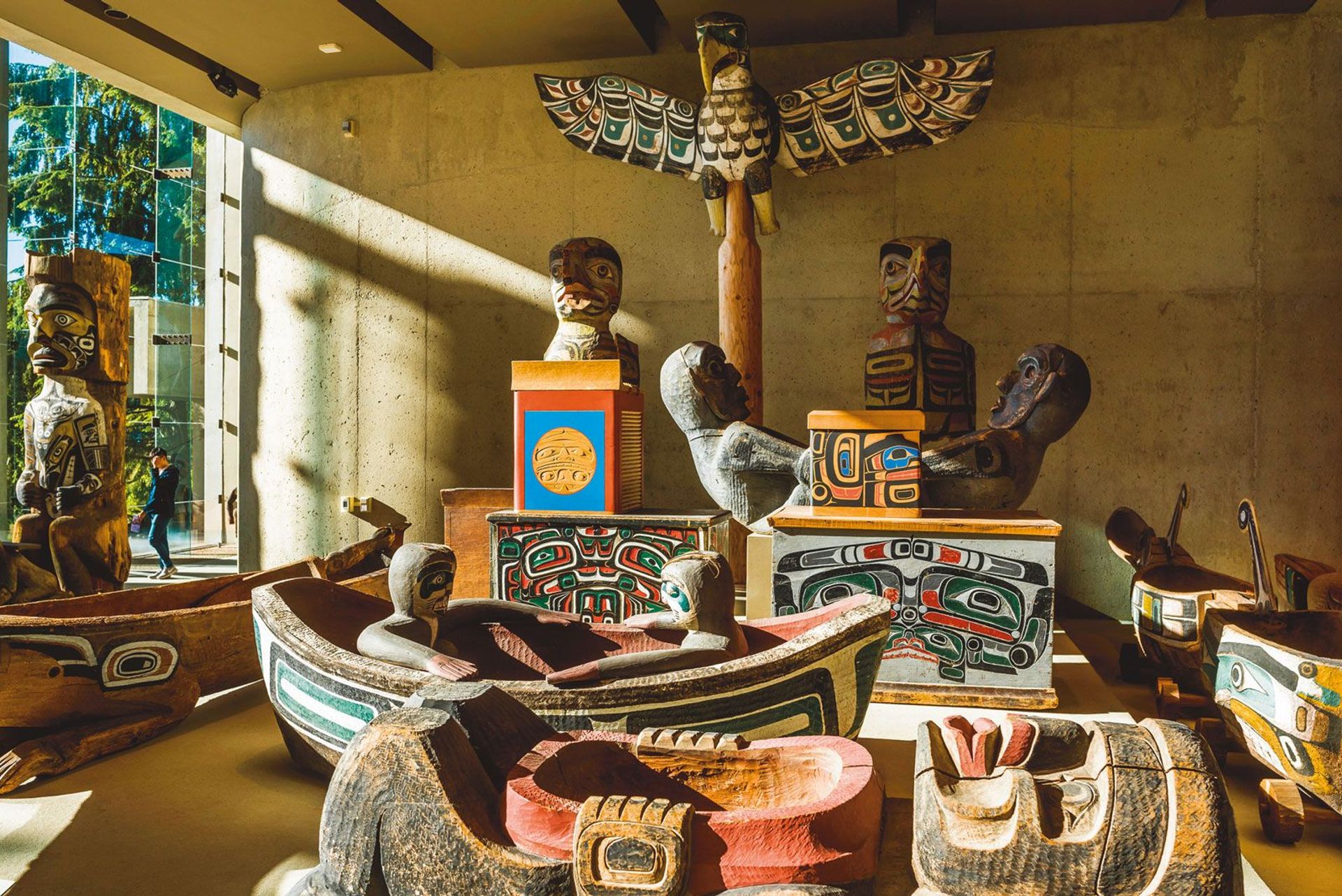
The Museum of Anthropology at the University of British Columbia in Vancouver has pioneered policies that involve Indigenous people in the use and display of art and artefacts Michael Wheatley/Alamy Stock Photo
Museums’ track records implementing changes to make the field more diverse and inclusive have been chequered. In the US, extensive surveys led by the Mellon Foundation and the Black Trustee Alliance for Art Museums found mixed results from their diversity efforts. While diversity has increased across the field overall, only 20% of the workforce is non-white, although 40% of new hires under 35 identify as Bipoc (Black, Indigenous and People of Colour). The Canadian Museums Association, in a report of its own, urged institutions to more fully involve and empower Indigenous communities in all their activities and at every level of operations.
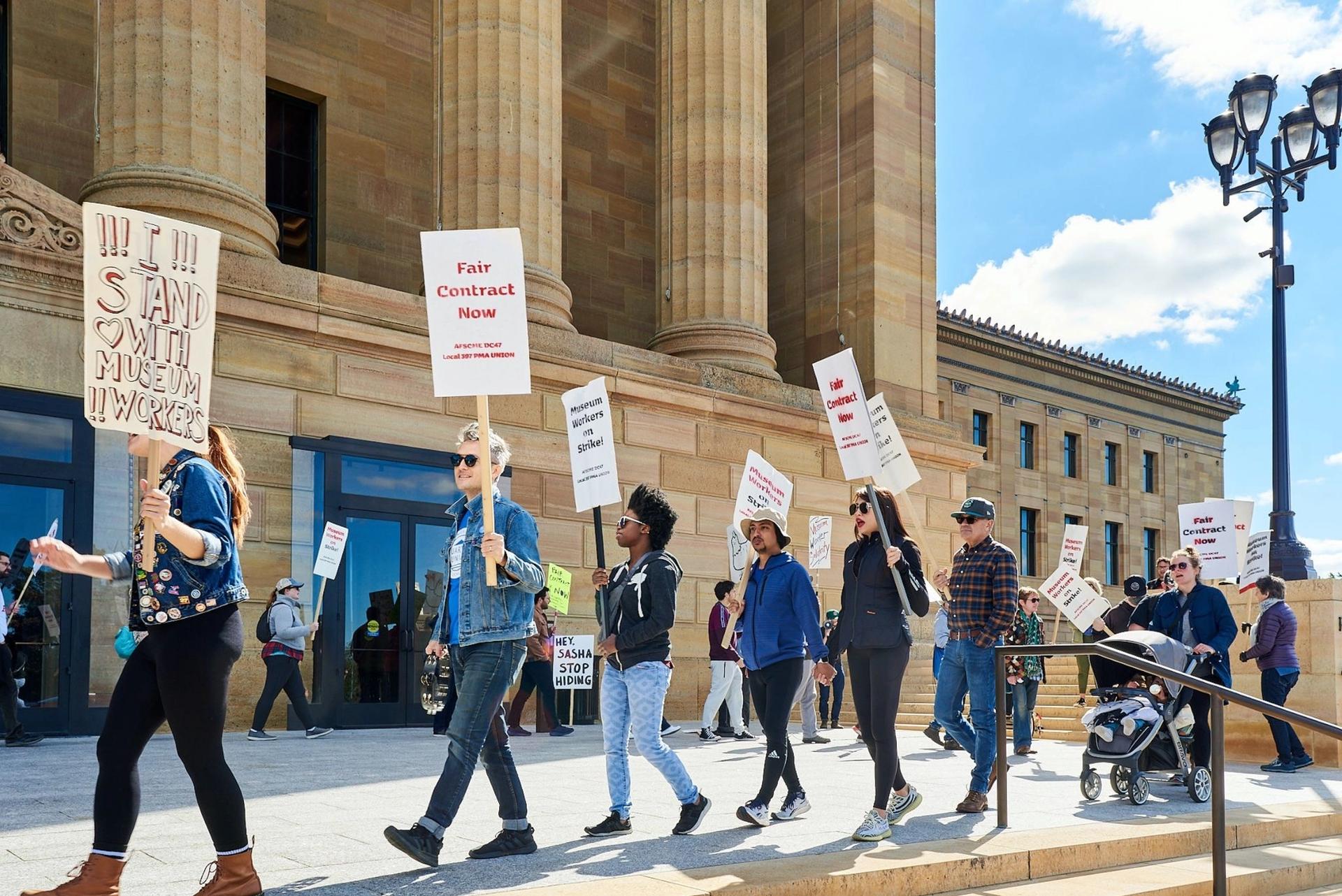
Union workers demonstrate outside the Philadelphia Museum of Art Photo by Tim Tiebout
Partly in response to the slow pace of institutional change, as well as longstanding labour issues in the field, workers at museums in every corner of the United States—from New York and Los Angeles to Columbus, Ohio and North Adams, Massachusetts—formed unions or bargained for better contracts and working conditions. No such campaign was more dramatic than the three-week strike by unionised workers at the Philadelphia Museum of Art in early autumn.
The archaeological discovery of a generation

A head, one of several sculptures of body parts Courtesy of the Italian Ministry of Culture
In Italy, after three years' excavation at San Casciano dei Bagni, in Tuscany, archaeologists uncovered a remarkably well preserved set of Roman and Etruscan statues from the third century BC, an event that was hailed as one of the archaeological discoveries of a generation.
A focus for climate protest

The protesters from Letzte Generation called for an end to fossil fuel projects as they poured a petroleum-like liquid over Kilmt's Death and Life at the Leopold Museum, in Vienna Photo: Letzte Generation Österreich
Throughout the year, museums have been the settings for and in some cases targets of protests and demonstrations—from actions aimed at the slow-moving response to the climate crisis to expressions of solidarity with the uprisings in Iran—a trend that looks likely to continue in 2023.


